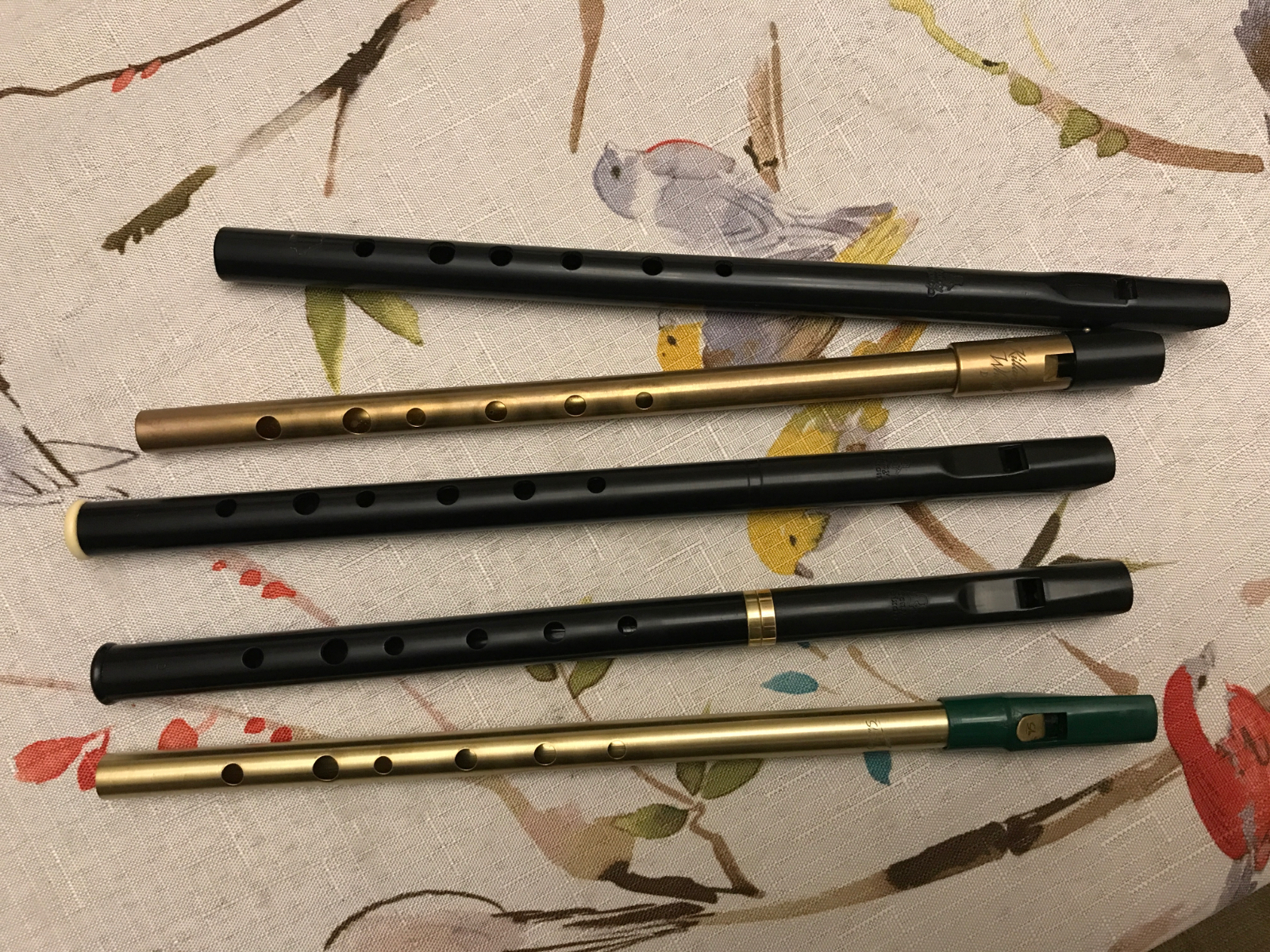-
Posts
1,458 -
Joined
-
Last visited
Content Type
Profiles
Forums
Events
Gallery
Everything posted by Mary Diamond
-
I had noticed it, but wasn’t sure if it was on my end…
-

Making a full kit in four months
Mary Diamond replied to Tudor MercWench Smith's topic in Crafting Kit
Looking good! Keep up the good work! -

The Traveling Yard 2023 - Information and Sign Ups
Mary Diamond replied to Duchess's topic in Arts of Pyracy
Ah, Lovely!! -
Oooh, I like those!
-
Some years back, I purchased LED collapsible, flickering orange/alternating to bright white, lanterns from American Science and Surplus (sciplus.com), a fantastic resource for all the bits and bobs creative folk need. While they don’t seem to have them at the moment, Amazon has a similar lantern here: https://www.amazon.com/Lichamp-Lanterns-Collapsible-Flashlight-Emergency/dp/B08T9WLDSJ/ref=sr_1_8?crid=35CMCY0NVMHH7&keywords=Flickering+collapsible+lantern&qid=1689229069&sprefix=flickering+collapsible+lamgern%2Caps%2C219&sr=8-8 I bring it up because it is a neatly arranged tower of flickering LEDs, with significant brightness, at an affordable price point. It may be of interest as a drop-in unit for larger lanterns, or as a starting point for the more experienced electrical folk.
-
Eegads, Stynky! Owning a cello (which looks lovely in its corner of the front room) is not the same as playing. Purchased on a New Year’s sale whim, with full intent to learn *some day*, but that day has not come yet! As for the penny whistle - I believe the term would be “enthusiastic hack”. I know a few Irish songs, but still make mistakes every time I play, have yet to play along with others, and only practice when no one is around…
-
I agree, I love my Turkish towel!
-
I wonder what the plastic looks like when reversed, and finely sanded? Perhaps a quick and easy ‘mica’? Lightweight and less breakable would make me consider repurposing those panes.
-

The Traveling Yard 2023 - Information and Sign Ups
Mary Diamond replied to Duchess's topic in Arts of Pyracy
Ah, FB Bagsley 😄❤️😊… you have my great admiration, as always, surprising and impressing with items just casually laying about… -
And Braze and Stynky have passed this collectible addiction on to myself (rather like the Rob Gorrell Lantern Addicts Society - thanks, William 😁)… I had similarly tried the recorder in high school, but without a teacher (or YouTube!), I quickly became discouraged and set it aside. Braze and Stynky have been very encouraging, hence the “small” collection you see now (started May 2022, when I complimented Braze on his playing. Later that weekend, he gave me his penny whistle 😌). Top to bottom, in order of acquisition: Braze’s gifted penny whistle, my first Tony Dixon and my favorite; Killarney Music; Tony Dixon DX001 (so I wouldn’t lose/break the gifted one from Braze!); Tony Dixon DX005 (tuneable, in case I ever have the courage to play with others); and, last but not least, a Shush whistle, which I quite like. All in D.
-
Ahoy, Bryan, and welcome!
-

Cumulative Cross-Cultural Considerations & Corsair Crews
Mary Diamond replied to Picaroon Lagoon's topic in Captain Twill
Lovely responses, as usual, Mission! I quite enjoyed hearing about the tattooing. And the William Snelgrave account is a reassurance for all who come new to the hobby - it is quite acceptable to wear clothes of the same cut, color and material as others. Differentiation can come as specialization is developed. -
Thank you for sharing! I am typically a mosquito and biting insect magnet, so I am always trying new items.
-
An unusual sound, to be sure!
-

Cumulative Cross-Cultural Considerations & Corsair Crews
Mary Diamond replied to Picaroon Lagoon's topic in Captain Twill
I would recommend to you ‘Kaempfer’s Japan: Tokugawa Culture Observed’ by Engelbert Kaempfer (1999 edited, translated, annotated by Beatrice M. Bodart-Bailey), for insight into the culture and trade with Japan. As MadPete and Stynky said, responses may take a while! Please do not get discouraged. Your contributions are thought provoking and with merit! -
Might I recommend: https://www.amazon.com/dp/B002CMQJYU?psc=1&ref=ppx_yo2ov_dt_b_product_details IMHO, it is better by far than others (better protection against a wide variety of little vampires), won’t eat your plastics, is safe for your fabrics, and is available in pump and lotions, as well as a spray to treat larger items (such as tents, jackets, etc.). 😊😄
-

Making a full kit in four months
Mary Diamond replied to Tudor MercWench Smith's topic in Crafting Kit
I prefer more carefully fitted/tailored coats… gapping at the neck, bunching of the lower back, or poorly fitted/sloped shoulders, make me tear projects apart. I would offer that you could consider using a lighter/cheaper fabric as your mock-up. Once properly fit and the pattern adjusted accordingly, that initial mock-up can become your lining for the finished coat/waistcoat, stays, etc. -
Ahoy and welcome, Master Wendell!
-

Cumulative Cross-Cultural Considerations & Corsair Crews
Mary Diamond replied to Picaroon Lagoon's topic in Captain Twill
Truly, you do bring such interesting topics to bear! Please do continue 😊 -
Secret squirrel password?
-
I really like the waistcoat material, and waistcoat/shirt combination… great work, as always!
-
Well done! I had thought about this, and glad to see you run it out.
-
Ahhh… I’ve been known to travel in my riding habit, with my sea bag carrying my ultralight mummy bag and air mattress, change of clothes (mantua, shoes, et al), toiletries, while a basket serves as my carryon for small personal items and goods I didn’t care to have banged around. Very spare packing, and sleeping in a borrowed tent, but it can be done.
-

Making a full kit in four months
Mary Diamond replied to Tudor MercWench Smith's topic in Crafting Kit
Beautiful! And well done. -
😄 You won’t be disappointed 😊


